最近的
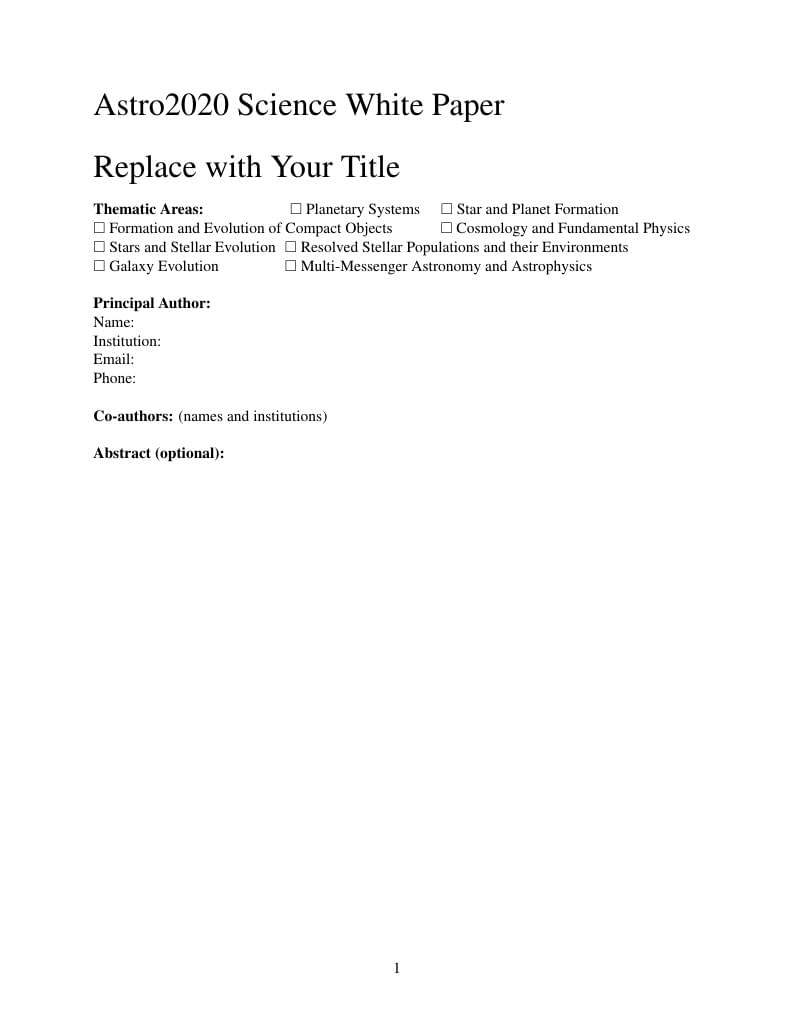
This is an exact copy of the official NRC Astro2020 white paper LaTeX template. Re-published for community use on Overleaf by Jason Tumlinson (STScI / JHU).
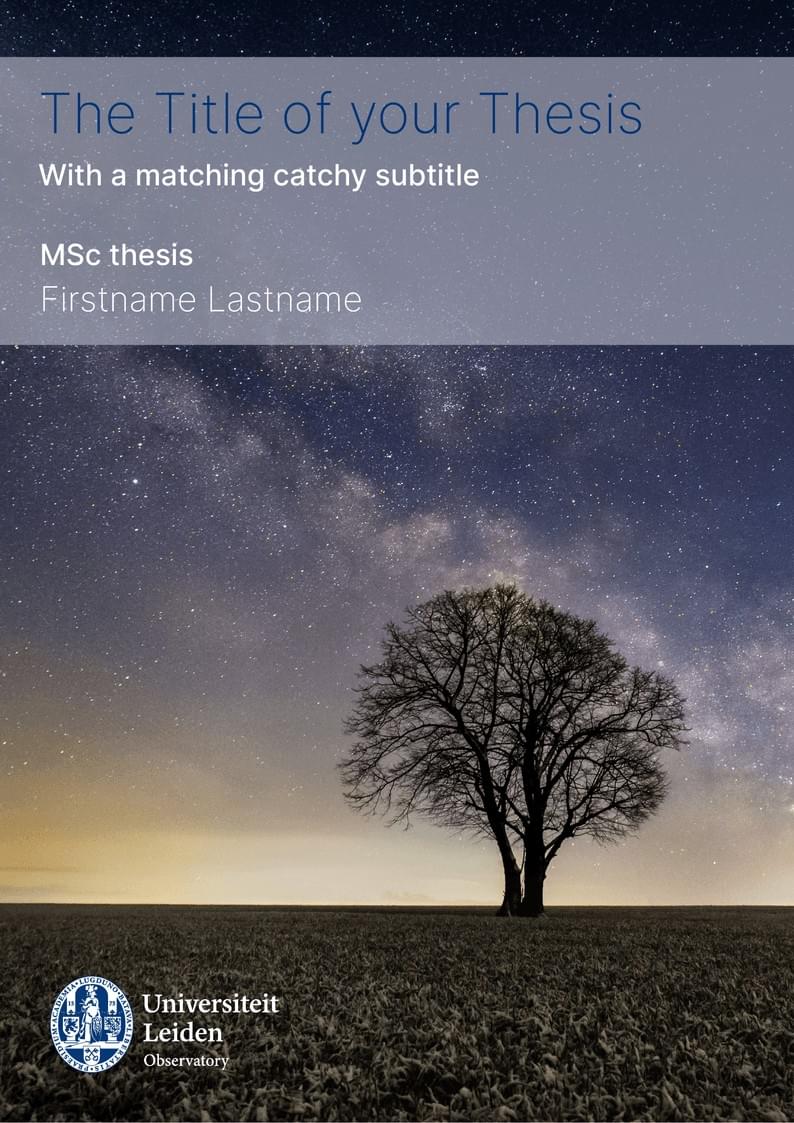
This is the official Leiden Observatory thesis template. It is optimised for writing a Bachelor or Master thesis in Astronomy and contains integrated custom Astronomy units. It supports a cover image, title page, fully automated nomenclature and more. The colour palette is selected around the colour of the Leiden University logo, but all logos are interchangeable. Complete instructions and examples are included in the document. Licensed under CC BY-NC-SA 4.0 (see document).
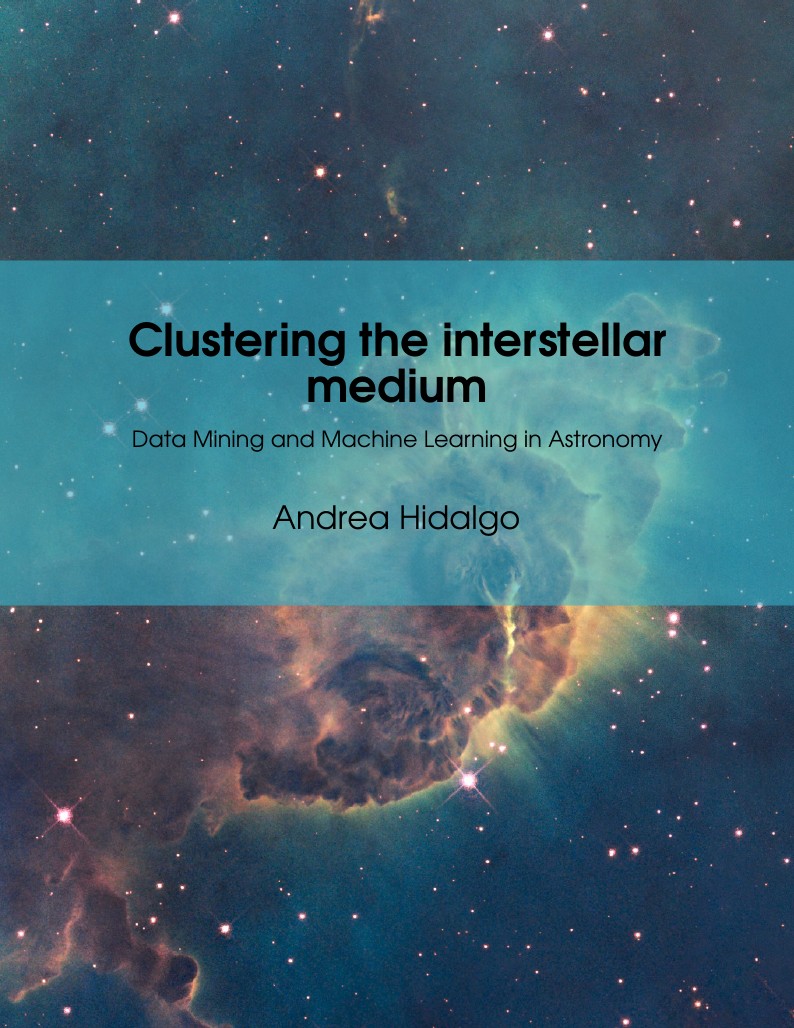
My documentation report Objective: Explain what I did and how, so someone can continue with the investigation Important note: Chapter heading images should have a 2:1 width:height ratio, e.g. 920px width and 460px height. Note: This was produced using the Legrand Orange Book template, available here. Original author of the Legrand Orange Book template: Mathias Legrand (legrand.mathias@gmail.com) with modifications by: Vel (vel@latextemplates.com) Original License: CC BY-NC-SA 3.0
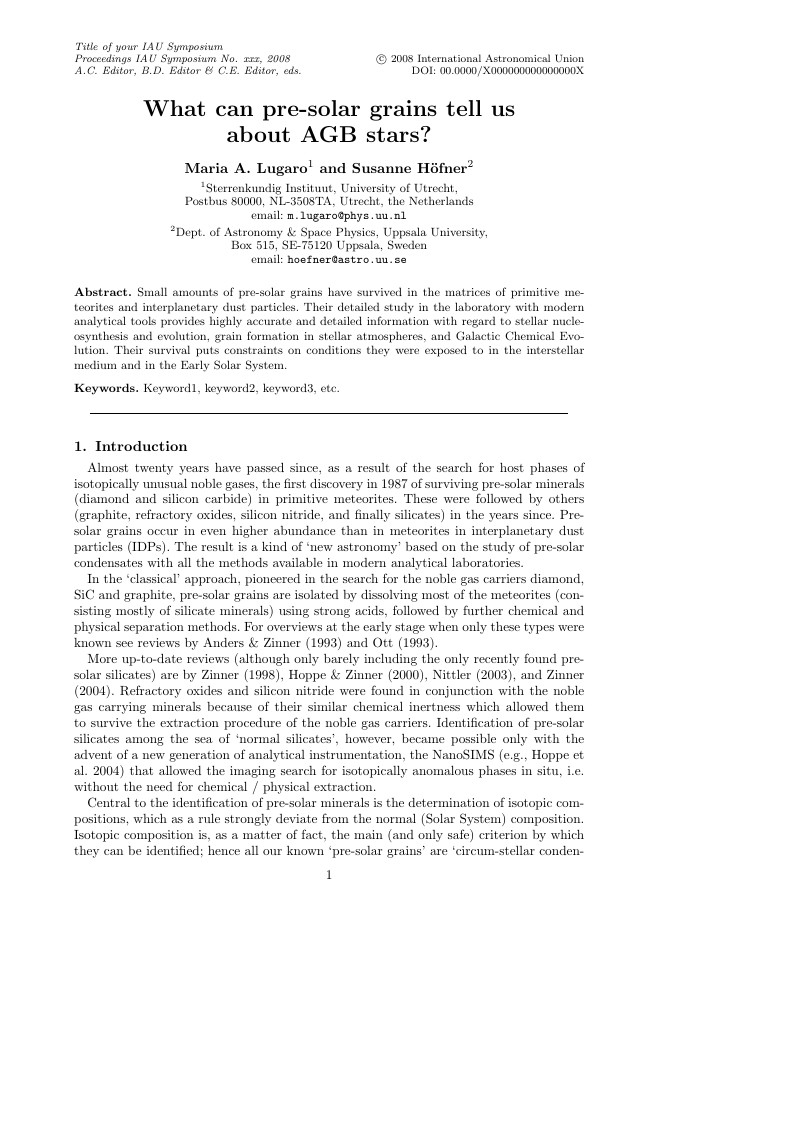
A Latex template for the preparation of IAU Symposia Proceedings downloaded from http://www.iau.org/static/scientific_meetings/authors/. The package contains: Class File (iau.cls), Instructions, a Sample PDF and a Sample TeX file
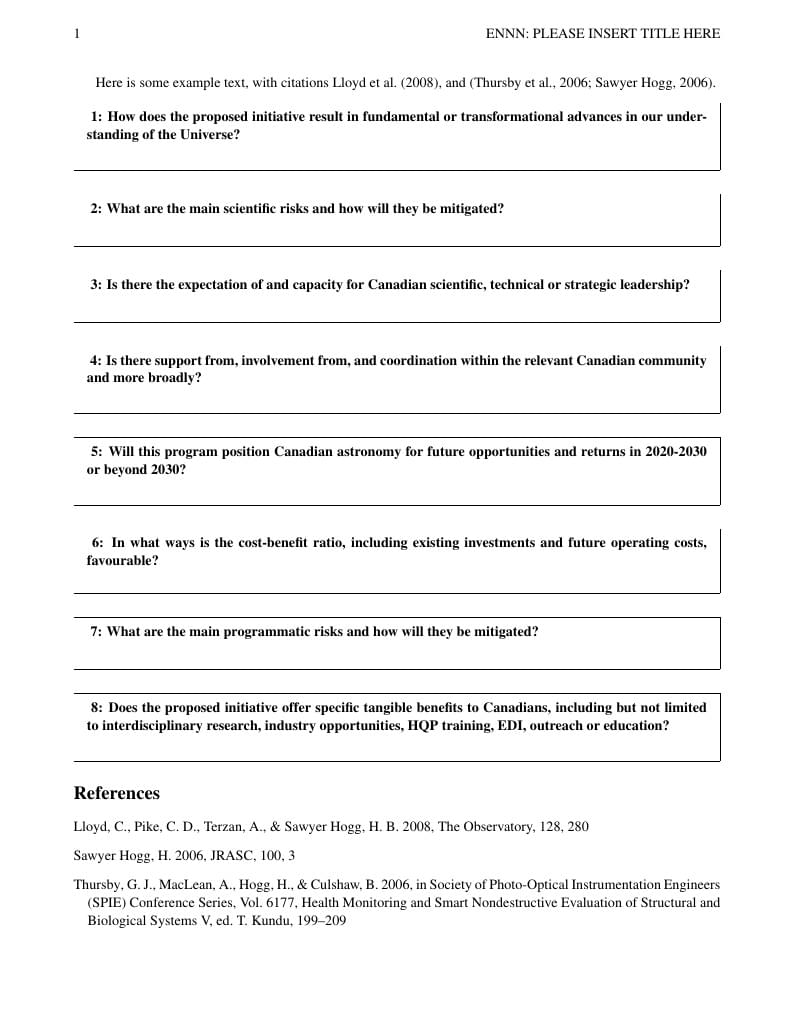
Template for white paper submissions to the 2020 Long Range plane for Canadian astronomy, LRP2020. For further information see the call for white papers
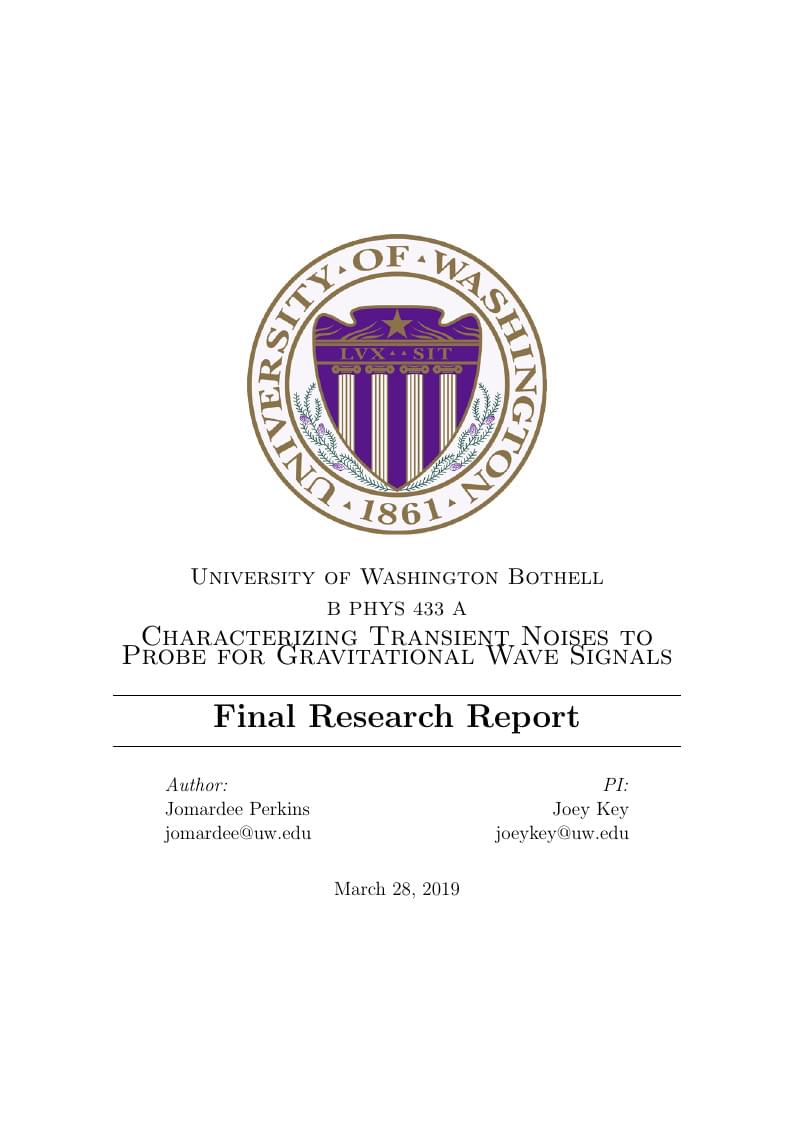
With the detectors currently off, LIGO has detected and gathered an abundance of data from the second observing run (O2). Some of which, captures the most recent triggers that are potential candidates for future gravitational waves, are analyzed more thoroughly. My responsibility as a student researcher is to perform independent checks on four of the most recent Compact Binary Coalescence (CBC) triggers. In order to do so, I compare the \(h(t)\) Omega scans of these events to the Gravity Spy classes. Omega scans are a detector characterization tool to help measure the Signal-to-Noise-Ratio (SNR) of transient noises during detections. This helps scientists distinguish the difference between a gravitational wave signal, which looks like a `chirp' versus a glitch in the data. Gravity Spy is a citizen science program that helps LIGO in classifying glitches to improve machine learning for gravitational wave signals. For each event I determine if it looks like one of the known categories of solved or unsolved glitches seen in the Advanced LIGO detectors? My results are then recorded in the O2 event detection checklist. Omega scans are a `burst-type' search pipeline that detect glitches efficiently. The Omega scan is labeled using time measured in seconds on the x-axis, frequency measured in Hz on the y-axis and the signal measured is normalized to demonstrate how `loud' the noise is.
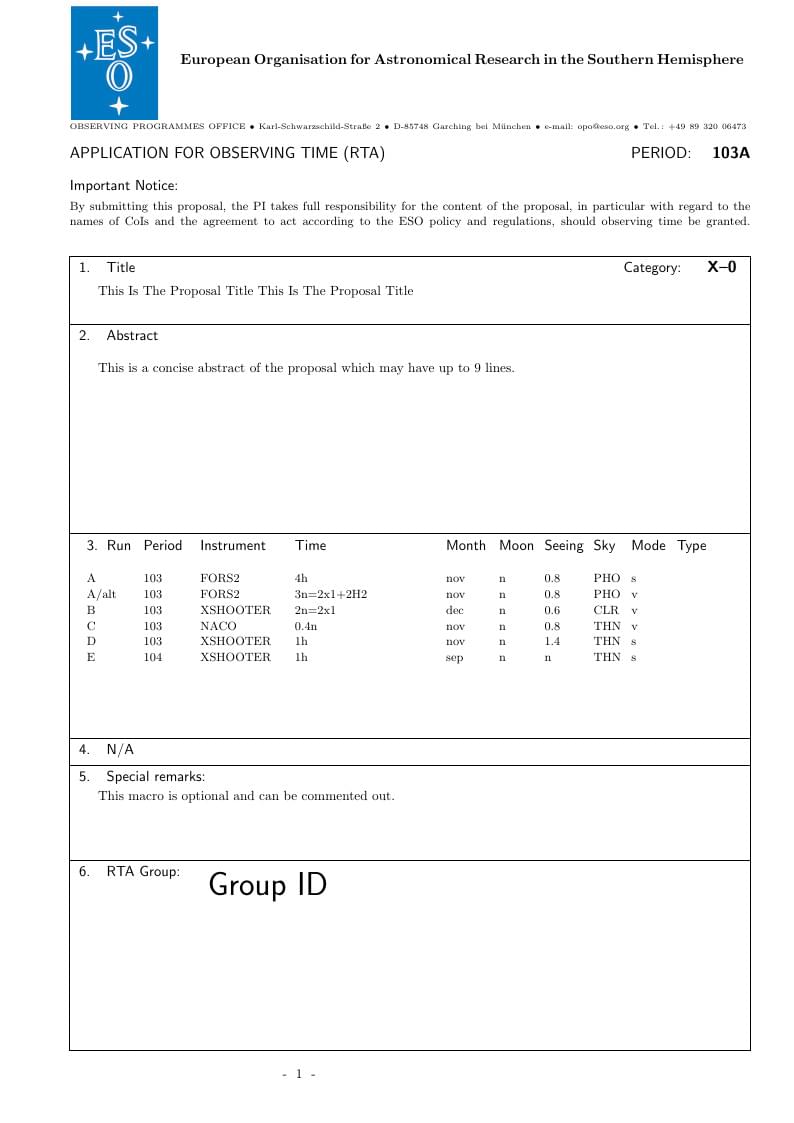
ESO telescope proposal template adapted for Research Techniques in Astronomy (RTA) at the University of Nottingham. Updated for 2018/19.
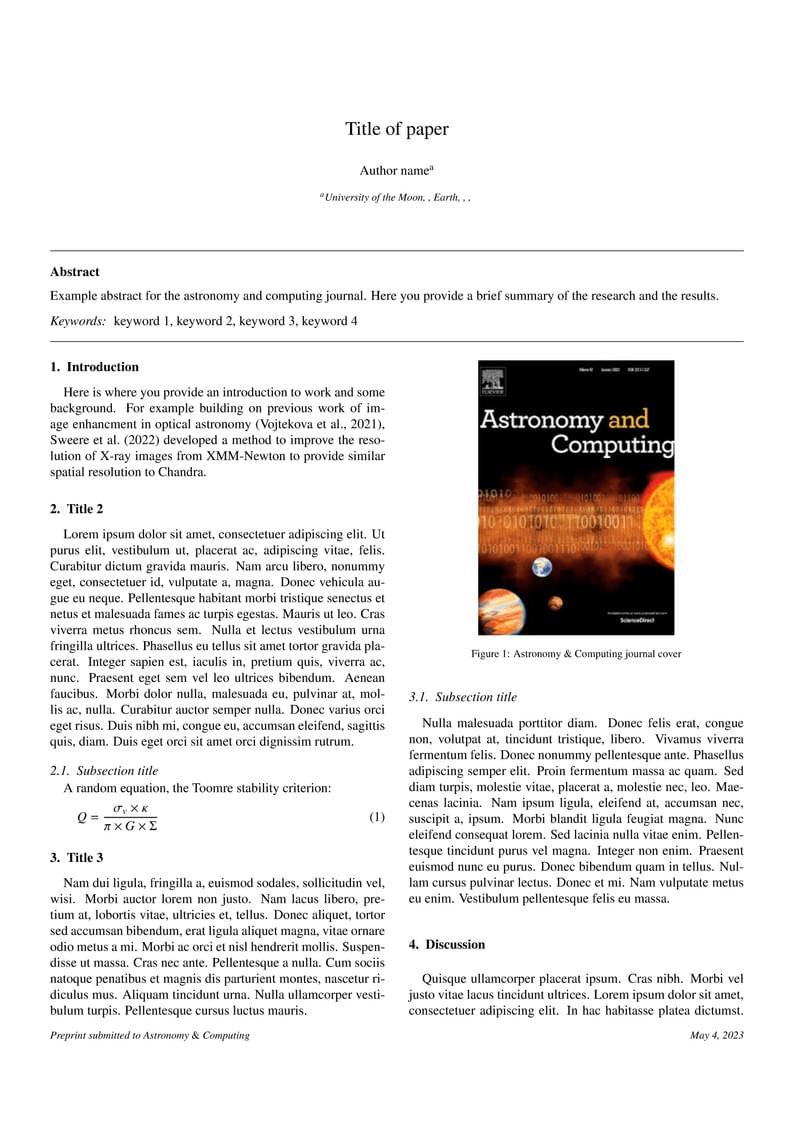
LaTeX template with the updated sources files for a paper to be submitted to the journal Astronomy and Computing.
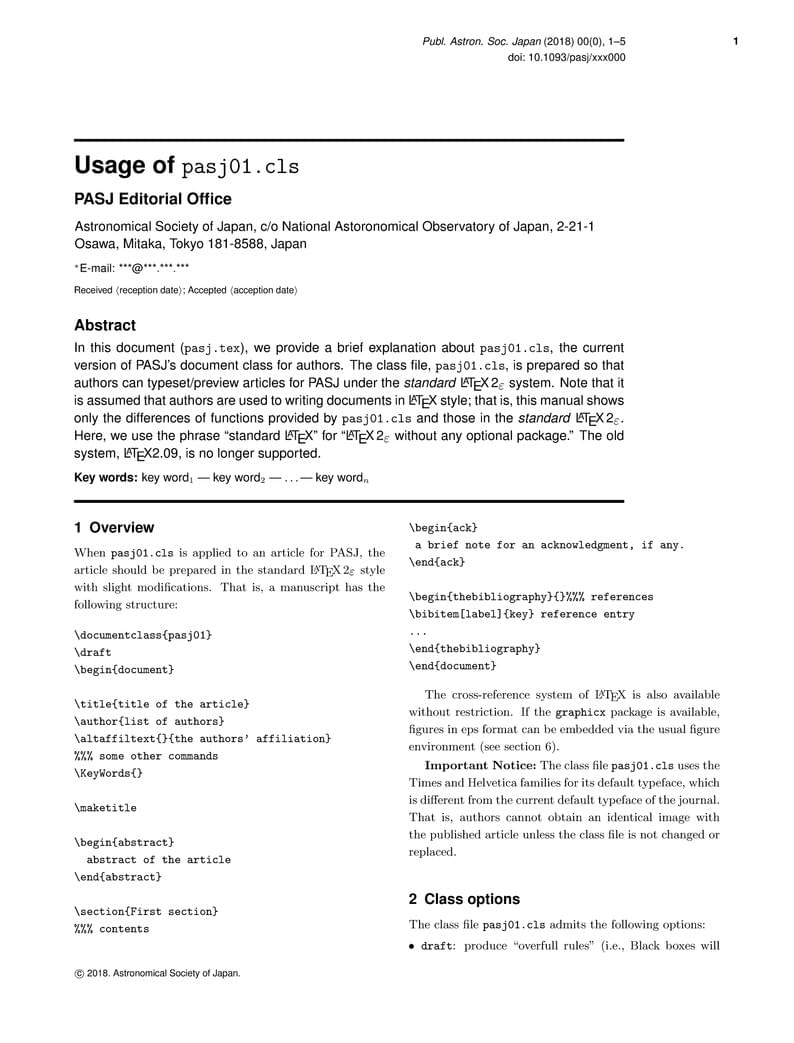
The Journal of Logic and Computation aims to promote the growth of logic and computing, including, among others, the following areas of interest: Logical Systems, such as classical and non-classical logic, constructive logic, categorical logic, modal logic, type theory, feasible maths. The bulk of the content is technical scientific papers, although letters, reviews, and discussions, as well as relevant conference reviews, are included. For more information about the journal, see http://pasj.oxfordjournals